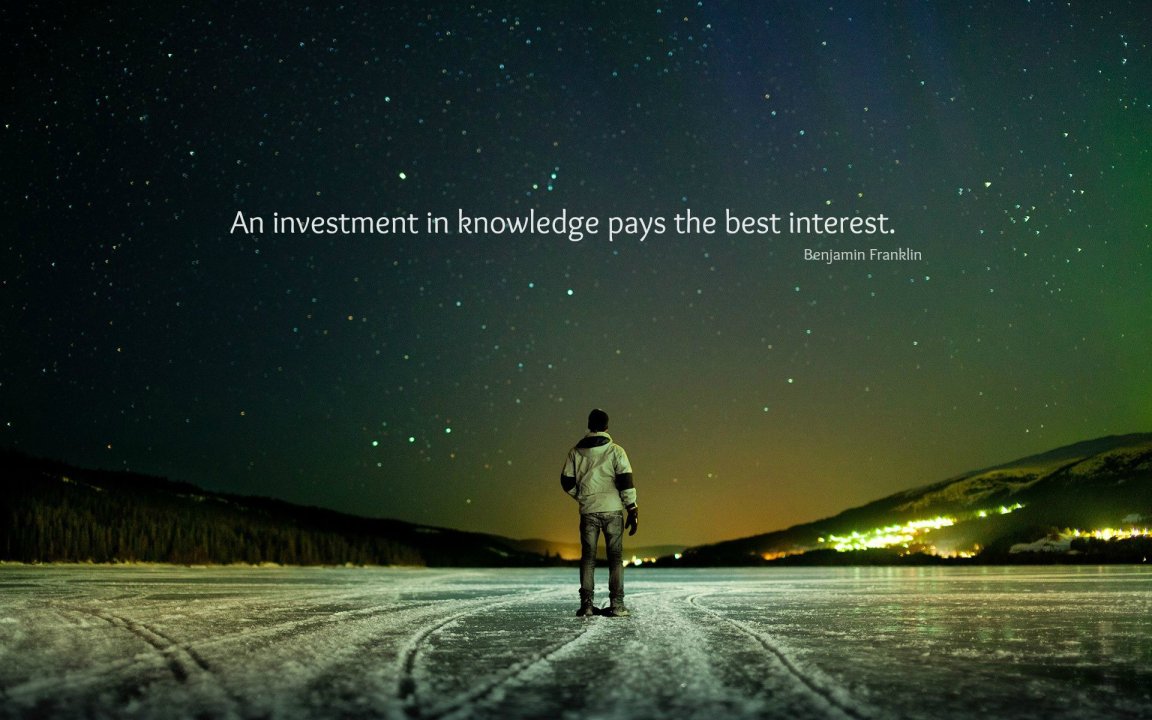
If you are reading this, it’s probably because you think science is pretty awesome. If you are smart, then you want to spread the awesomeness…and of course, this is where the difficulty comes in. Most of us have jobs, family, school, and a hundred other pursuits that occupy our time. These obligations make it difficult for most of us to really invest any time into promoting the sciences. Yet, in any society, few things are more important than a populace that is dedicated to ensuring that all citizens (especially the nation’s youth) are scientifically literate.
It may seem like there is little that you can do to be active in the scientific community. But don’t despair! There are a number of ways to be involved, and best of all, each opportunity requires different skills and abilities. Moreover, some may take only an hour, while others are month-to-month long term commitments). This makes it easy to find the prefect plan to suit your needs.
Basic Ways You Can Help:
Volunteer:
If you are more of an activist type, then you can always try to tackle local issues regarding science. In my opinion, the greatest threat to any scientific advancement (and human advancement, in general) is a failing educational system. I don’t know the state of other nations’ public education systems, but if they are anything like America’s, then any amount of time you can devote would be time very well spent. Contact your local school district to see where you can volunteer.
You can help with after school programs, or if you are qualified, you might even be able to come in as a special guest speaker. You could also assist a local school by starting or helping out with a science fair where local scientists come to the school to explain what they do. You could start a community organization to plant trees, clean up local roads or rivers, go bird watching, or any number of things. You can write letters or on-line responses to science questions or comments (much like we do!).
Make a Monetary Donation:
You can always donate to the scientific cause of your choice. That’s the only avenue that doesn’t really require any time (except for the initial research to make sure your donations are not made in vain).
**Ultimately, there are dozens of these types of projects available, not only in astronomy, but in medicine, biology, technology, and the social sciences. There is a comprehensive list of them that can be found at Help Science. The nice thing about all of these projects is that you can do them as little or as much as you like. No hard commitments, it’s relatively free, and they are almost always easy to use.**
Fun Ways to Get Involved:
BOINC — Lend Your Computer to Science:

Simply Download BOINC. This is one of the easiest things that you can do to assist scientific pursuits. BOINC (Berkeley Open Infrastructure for Network Computing) is an open source middleware system for volunteer and grid computing. The intent of BOINC is to make it possible for researchers in science, math, molecular biology, climatology, and astrophysics to tap into the enormous processing power of personal computers around the world.
All you have to do is download the software and prompt your PC to perform tasks from the project’s scheduling server. The tasks depend on your PC: for example, the server won’t give it tasks that require more RAM than you have. Projects can support several applications, and the server may send you tasks from any of them. Your PC downloads executable and input files from the project’s data server.
If the project releases new versions of its applications, the executable files are downloaded automatically to your PC. Your PC runs the application programs, producing output files. Your PC uploads the output files to the data server. Later (up to several days later, depending on your preferences) your PC reports the completed tasks to the scheduling server, and gets new tasks. This cycle is repeated indefinitely. BOINC does this all automatically; you don’t have to do anything. Plus, You can use it as little or as much as you want, and customize it so that it isn’t slowing down your computer while you’re trying to work, play, or communicate with friends and family.
More information about the software can be found here.

Galaxy Zoo — Help Deepen Our Understanding of Galaxies:
There are other projects that aim to tap into the enormous researching potential of the general public. A lot of this type of research is pattern identifications and puzzle solving. In astronomy, there are projects like Galaxy Zoo.
This project invites users to help scientists classify and research galaxies. Users use Hubble imagery to study the cosmos, so your senses will be assaulted with the fantastic beauty of Hubble’s pictures while you help advance our understanding of the universe, potentially being the first person in history to see some of the galaxies you’ll be asked to classify.
Learn more about Galaxy Zoo (and Zooniverse) here.

Moon Zoo — Help Scientists Better Understand Our Closest Neighbor:
For something found so close to our blue marble (close enough that multiple humans have even ventured onto its surface), Luna – our glorious companion – is still poorly understood in many respects. This adds to its intrigue, without tainting its romanticism.
Here, users with a keen interest in science are invited to study the lunar surface, helping researchers to sift through millions of images taken by the Lunar Reconnaissance Orbiter. With your help, researchers hope to study the lunar surface in unprecedented detail. And thanks to the assistance of the Moon Zoo community — which is a part of the Zooniverse project — individuals like yourselves have already visually classified 3,579,119 images from NASA’s Lunar Reconnaissance Orbiter
Learn more about Moon Zoo here.
Be a Planet Hunter — Help Find Exotic Alien Worlds:

Have you dreamed of exploring strange new worlds? Well, you can do something similar.
Kepler has been one of the greatest tools mankind has ever known as far as discovering exoplanets, yet the sheer magnitude of data collected by the revolutionary telescope is so profound, various agencies have opened up the floor to allow the general public to pick through the data, in search of signs that could mean a star has an orbiting planet.
Planet Hunters, as it’s called, asks volunteers to specifically look for dips in a star’s brightness, which usually occurs when a planet obstructs the star’s light from our vantage point. You could see anything—a hot Jupiter, a rocky Earth-like world, or even a planet that’s smaller than tiny Mercury.
So far, the Planet Hunter project resulted in the discovery of many exoplanets; including one that has not one or two, but four parent stars.
Read more about the project here.
First Contact: Help SETI Find Signs of Alien Life:

Without a doubt, first contact would be the most monumental thing in the history of mankind (and perhaps, in the universe as a whole), but in the mean time, merely finding solid evidence that other forms of life exist will have to do.
As you know, the universe is an incomprehensibly vast place.. even our galaxy is so large, it’s hard to truly grasp its enormity. That makes finding any such evidence equivalent to looking for a needle in a stack of needles the size of Earth. Did you know that you can help?
Like Planet Hunters, SETI, in corroboration with Technology Entertainment Design (TED), asks volunteers to scour the skies in search of evidence of other intelligent beings. All you gotta do is go to this site, register, login and watch a brieft tutorial that guides you through the alien-hunting process. The project then prompts users to view random images and try to identify anything abormal in the radio-signal data. Anything you find out of place will likely be nothing unusual, but it could also be big.
If you don’t have the time nor patience to participate, SETI has an app similar to BOINC. It lets you grant SETI access to your PC’s computing power, lessening the load of an immense collection of data stored on SETI’s servers.
Learn more here.
Eyewire — Help Map Neuron Connections:

The human brain is truly astonishing. So much so, biologists and neurologists are at a loss when it comes to truly understanding what makes it tick. For that matter, we don’t even know what makes neurons — the brains of the operation (“brains of the operation.” haha! get it?) — tick. So again, scientists took to the public for help. Only this time, the project also serves as a complex, but addictive, game. Per their website:
“In EyeWire, players are challenged to map branches of a neuron from one side of a cube to the other. Think of it as a 3D puzzle. Players scroll through the cube (measuring about 4.5 microns per side or ~10x smaller than the average width of a human hair) and reconstruct neurons in volumetric segments with the help of an artificial intelligence algorithm developed at Seung Lab.”
You can sign up for participation here.
There are many other ways to help, these are just a few of our suggestions. Again, if you know of a good opportunity, be sure to send us a line.